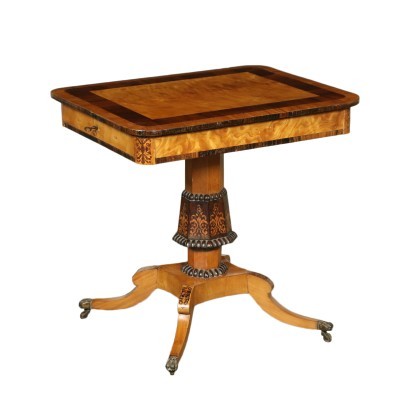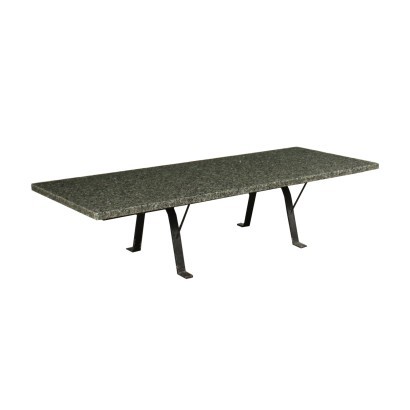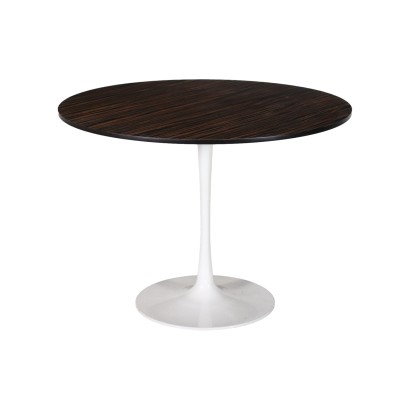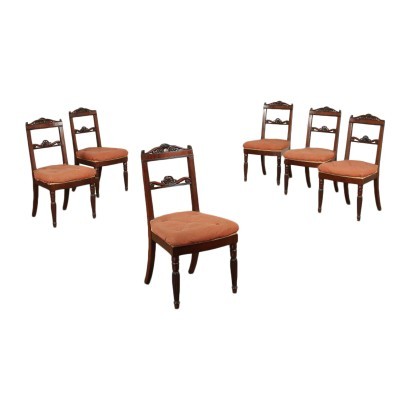Carlo X coffee table
Features
Style: Charles X (1824-1830)
Age: 19th Century / 1801 - 1900
Origin: England
Main essence: Satinwood , Rosewood
Description
Carlo X coffee table, supported by an octagonal sectional baluster, decorated with poded frames and resting on a shelf supported by four moved legs, ending with lion feet in bronze and equipped with wheels. Veneered in citronnier and walnut, with rosewood borders and inlays.
Product Condition:
Product in fair condition showing some signs of wear.
Dimensions (cm):
Height: 67,5
Width: 69
Depth: 56
Additional Information
Style: Charles X (1824-1830)
Referring to a very short period, the Charles X style denomination is nonetheless significant because it allows us to detect some specific elements of the taste of the time.nIt can be considered the last phase of the stylistic research of the Restoration, in which bourgeois requests and needs are welcomed, and opens up to a taste for the Gothic.
nCharacterized by wavy and wavy lines, which oppose the more squared ones of the Empire, it mainly uses light woods with darker threads and very few metal applications.
Age: 19th Century / 1801 - 1900
19th Century / 1801 - 1900Main essence:
Satinwood
The name is common in France for citrus limonum , the fruit tree of the lemon. From this plant a light, solid and fragrant wood is obtained, used in the construction of furniture especially in England and France, where it was appreciated for its resistance.Rosewood
Under the term Rosewood various exotic, hard and heavy woods have been united, characterized by a color that varies from pink to violet. Their origin is usually from Latin America, India and Africa and are still considered very valuable woods. Until the end of the eighteenth century, this name also referred to the bois de violette . In general, rosewood woods began to be imported into Europe starting in 1750 and were first used for veneers and inlays in England, flanked, by contrast, with lighter woods. Later, entire valuable furniture was manufactured both in England, mainly in the Regency style, and in France, starting from the Neoclassical period. Alternative proposals
It could also interest you































